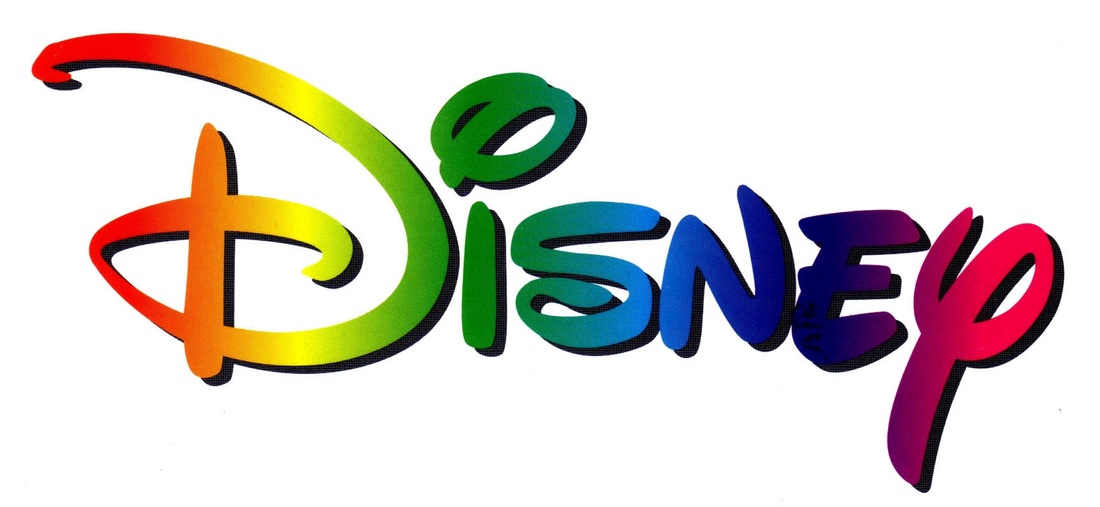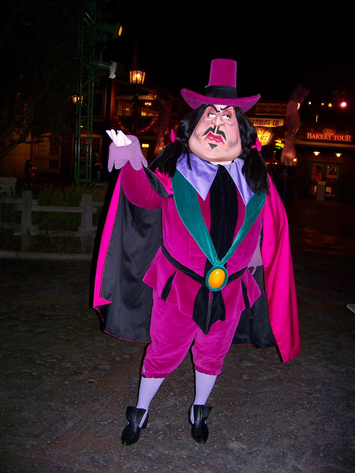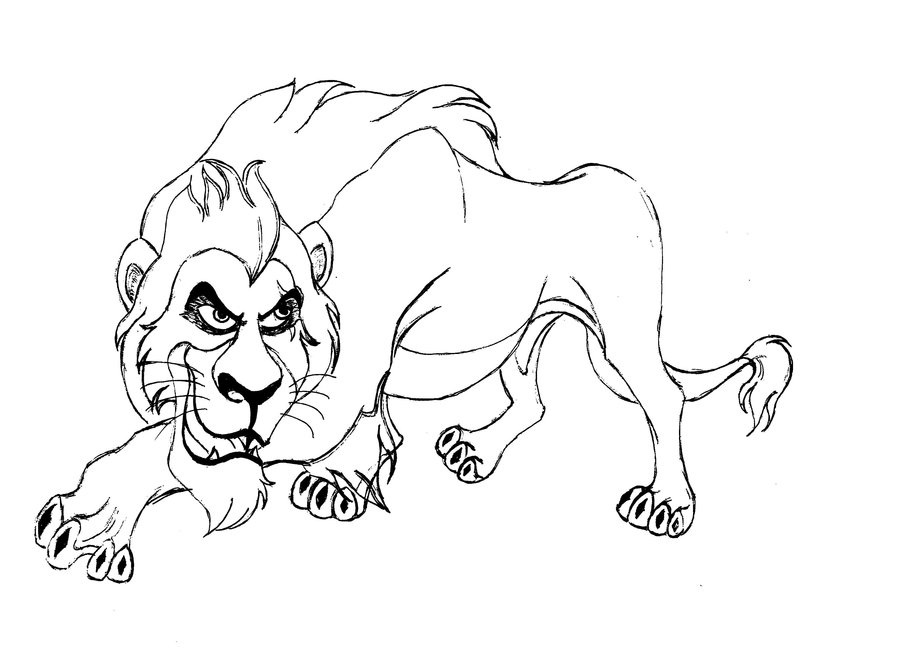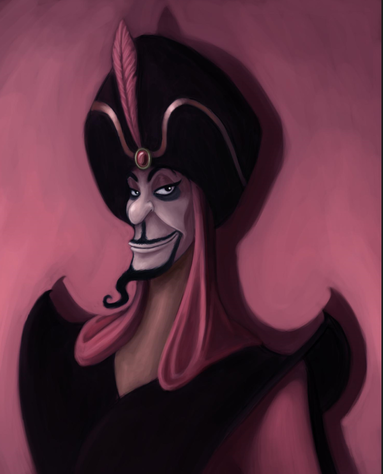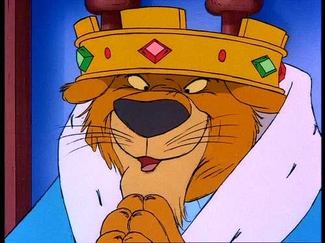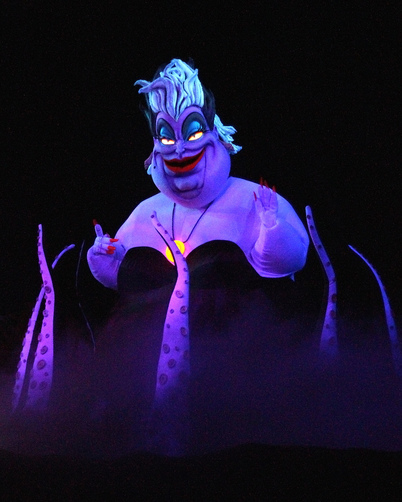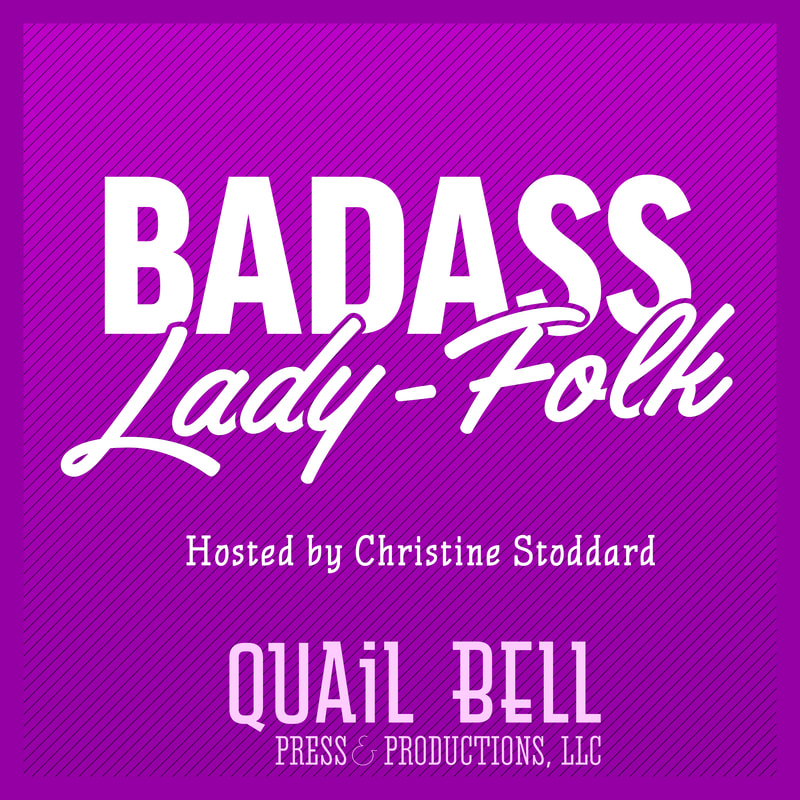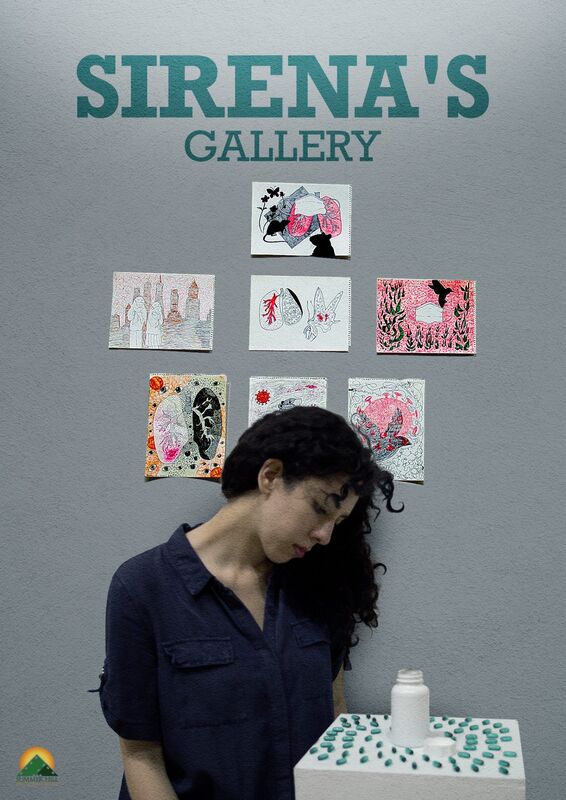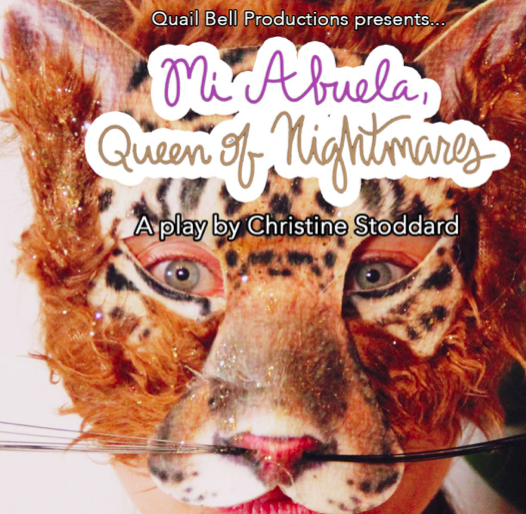|
The Breadcrumbs widget will appear here on the published site.
Fabulously Fiendish: Disney Villains and Queer-Coding
Most of what I know I learned from Disney films. A dream is a wish your heart makes, we are part of the circle of life, everybody wants to be a cat. In the first formative years of life, Disney plays an integral part in shaping children, the way they think and feel about the world around them. It defines the way children tell stories and how they view themselves within the fabric of their lives. Are they more like Ariel, wishing for adventure and learning about the unknown? Or are they more like Tiana, striving for their dream with hard work and determination?
Even more than we define ourselves with Disney heroines and heroes is how we define the trials and tribulations we inevitably face in the form of villains. We learn about greed through Radcliffe’s insatiable thirst for gold, the art of betrayal from Prince Hans, and the pure maliciousness of true evil every time Maleficent smiles. But, we learn many lessons that we don’t even know learning, like the children in Brave New World, sleeping soundly as they are fed beliefs about their caste and their views on morality. Aldous Huxley’s sleep-conditioning is meant to horrify the reader, this idea that these children are not even aware of the lessons they are being taught, so that, when they wake up, they truly believe that those ideas are their own, rather than the product of what they were fed. Media, for all that we consume it, is so readily dismissed as something that doesn’t affect us. This is called the third person effect, and it is the belief that the media has a much stronger effect on others than it does ourselves.[1] This disbelief in media’s effects also extends to the reactance theory, in which we desire to have freedom of choice, and therefore have a negative reaction (named “reactance”) to having our options taken away by external forces.[2] We are so desperate to belief that we are not influenced by the media that, if we were to admit it, we would have to capitulate that we in are in some extent controlled by media. So, when women are constantly objectified in Hardee’s commercials, or people of color are once again nowhere to be found in the magical world of Harry Potter films, the defensive outrage when people dare critique the effects media has on culture is what’s most telling. It has been repeatedly found that the sexual objectification of women significantly contributes to mental health problems (such as eating disorders, depression, and low self-esteem).[3] In the absence of representation, indicating a racial erasure that doesn’t reflect the world as it is, people of color are often left as stereotypes, which bell hooks explains “determines how blackness and people are seen and how other groups will respond to us based on their relation to these constructed images.” [4] Most damning, a study in 2012 detailed how television exposure predicted a decrease in self-esteem for white and black girls and black boys, and an increase in self-esteem for white boys.[5] What does any of this have to do with Disney? In particular, what does it have to do with Disney villains, and the moral lessons we learn by watching their evil deeds? TV Tropes details a particular phenomena known as “The Sissy Villain.” They discuss how the cultural stigma against male femininity extends itself to the strong tendency of villains being assigned feminine traits, whether its delicate voices, flamboyant mannerisms, impeccable fashion sense, willowy builds, general prissiness, and/or a fondness for cats. The picture representing this trope is that of HIM, from Cartoon Network’s Powerpuff Girls, the cruel devil-inspired fiend dressed in pink tulle and high-heeled boots. The sociological term for this phenomena is known as queer-coding, which refers to the idea that a character is imbued with traits commonly affiliated with the queer community.[6] As in the character HIM, his flamboyant nature and feminine dress is all coded as queer, in that the audience is meant to interpret him as queer person. Other queer-coded characters include Ryan Evans of High School Musical, with his brightly-colored clothes and melodramatic persona, and Xena of Warrior Princess fame, with her general disinterest in men and intimate “friendship” with sidekick Gabrielle. The use of of verbal and visual markers creates connotations of queerness without explicitly stating such, using elements such as body language, dress, vocal inflection, and other stereotypical aspects associated with sexual orientation. Now, when characters are coded as queer in a neutral, positive, or glamorized-for-ratings way, this is often referred to as “queer subtext” or “queer-baiting.” For an illustrated manual on queer-baiting, watch a few episodes of the CW’s Supernatural, for (the coded bisexual) Dean Winchester and his intimate friendship (think Xena and Gabrielle) with the angel, Castiel. When comparing Disney heroes to villains, it becomes quite clear that the villains are not only cast as despicable evil-doers, but are coded as queer.
Governor Ratcliffe from “Pocahontas”
Seen with his signature pink bows and purple doublet, Ratcliffe is frequently seen perfectly groomed and prone to prissiness, from his spoiled toy dog to his distaste of physical labor. While John Smith heads out to the woods, Ratcliffe stays tidy in his tent, even having his assistant carry a small parasol over his head lest he be subject to rain.
Scar from “The Lion King”
Scar is practically delicate next to his brother, which he laments as being in “the shallow end of the gene pool.” His wit may be biting, but Scar is loathe to take physical action unless forced, and his snobbery extends past his treatment of his minions to his dismissal of his unfortunate subjects.
Jafar from “Aladdin”
With perfectly groomed mustache and twisted beard, Jafar is the willowy counterpart to Aladdin’s muscled physique. His sophisticated air perfectly suits his elegant dress, and his bouts of melodramatic flair is complete with scathing sarcasm. Also averse to physical labor, Jafar prefers using magic to achieve his ends, keeping his hands literally, thought not metaphorically, clean.
King John from “Robin Hood”
Another case of physical difference, where the good, kindly King Richard is broad-chested and stout, while his villainous brother is lithe and delicate. King John is snobbish and prim, distasteful of violence and enlisting others to do his dirty work. He is also well-known for breaking down into literal hissy fits, sucking on his thumb when he doesn’t get his way.
Ursula from “The Little Mermaid”
Based off the real-life drag queen, Divine, Ursula takes a step away from her male counterparts. She’s curvy and fat, brazen and loud-mouthed, with a blood-red lips to match. Unlike Disney heroines, she is entirely disinterested in men, aggressive to a fault, and her temper is a force to be reckoned with. Why does Disney’s blatant queer-coding of villains matter? Disney’s use of queer-coding is almost always reserved for villains, and it creates the implicit equation that equates queerness with violence. This “otherness” becomes conflated with villainy, in which messages about being honest and kind are couple with “don’t be like this.” These cues associated with queerness are now lessons in how not to be. Whether it’s Scar’s effeminate nature or Ursula’s brashness, children see these traits associated with villains and thus those traits become villainous. And, when those traits are associated with queerness, then queerness itself becomes villainous. This is exacerbated by the fact that, despite Disney’s stance as a gay-friendly company, there are no canon queer characters in any of their works. When asked about this lack of representation, network president replied that it was for audience interpretation who was and was not part of the LGBT community.[7] By refusing to identify any characters as queer, Disney sends an implicit message that queer people are not for the public eye, that their stories are not as important as that of the dominant culture. After all, characters who display their queer traits openly (aka villains) are scorned for those very qualities. Children are immersed in media more than ever. When all it takes is a click and a swipe to access the newest shows and films, it makes it imperative that we as a society take a step back and think about what exactly we’re feeding our children. Disney, as wholesome as it may appear, is much more toxic than we realize. Particularly to the young, queer kids desperately searching for themselves on the screen and finding only evil staring back. Works Cited [1] Davison, W. P. (1983). The third-person effect in communication. Public Opinion Quarterly, 47, 1-15. [2] Brehm, J. W. (1966). A theory of psychological reactance. New York: Academic Press. [3] Fredrickson, B. L., & Roberts, T. (1997). Objectification theory: Toward understanding women’s lived experiences and mental health risks. Psychology of Women Quarterly, 21, 173-206. [4] hooks, b. (1992). Black looks: Race and representation. Boston: South End Press [5] Martins, N., & Harrison, K. (2012). Racial and gender differences in the relationship between children’s television use and self-esteem: a longitudinal panel. Communications Research, 39, 338-357 [6] Greenhill, P. (2015). 'The snow queen': Queer coding in male directors' films. Marvels & Tales, 29(1), 110134 [7] Davidson, R. (2013). “Why are there no gay Disney characters?” Salon Magazine. Web, 11 November 2015.
#Real #LGBTQIA #Disney #QueerTheory #QueerCoding
Visit our shop and subscribe. Sponsor us. Submit and become a contributor. Like us on Facebook and follow us on Twitter.
CommentsComments are closed.
|
|

